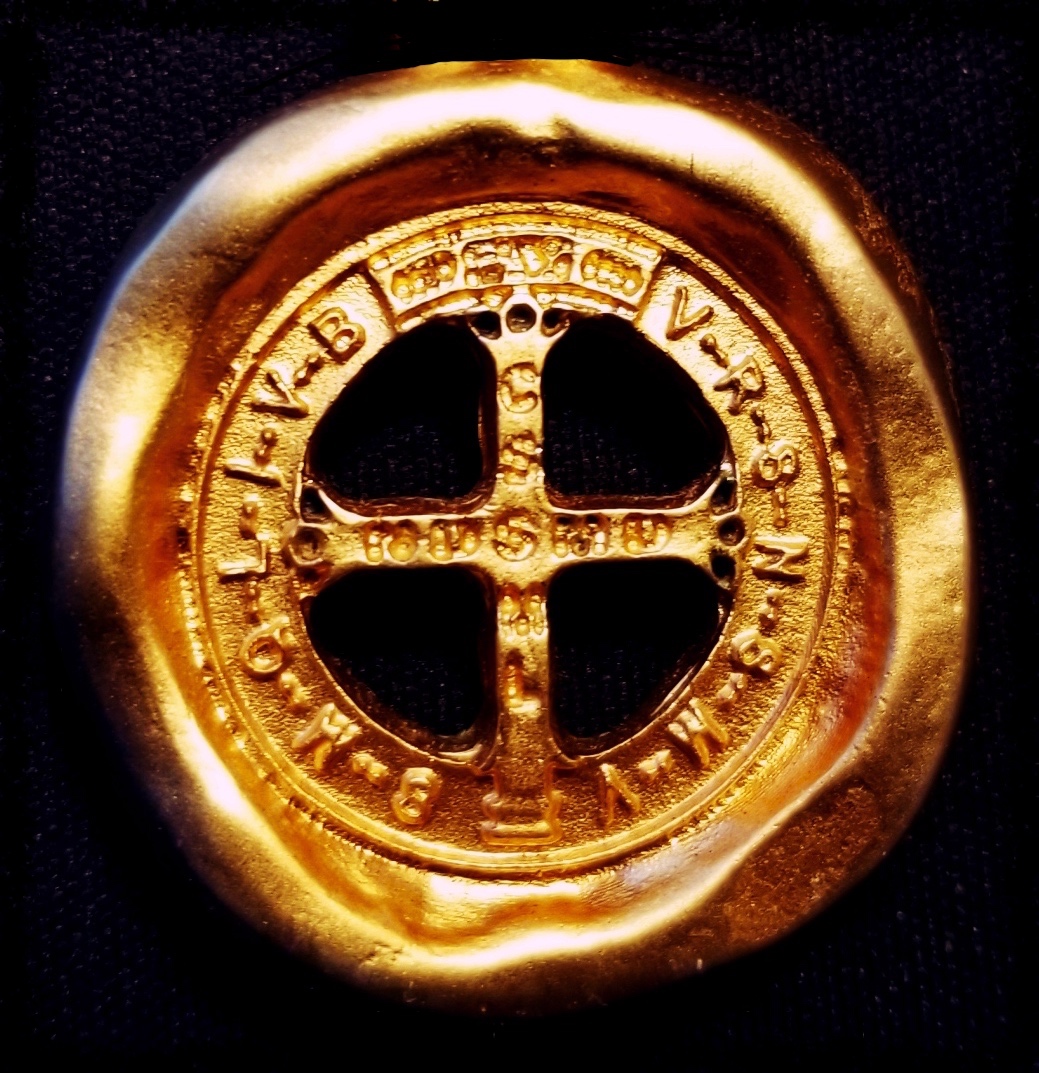Stabat Mater, “the sorrowful mother,” is the 13th century expression first coined by Pope Innocent III. From the 17th century on the word “pieta,” meaning “pity,” came to be used to commonly refer to paintings and sculptures depicting Mary holding the dead body of Christ on her lap, including Michelangelo’s. In the Orthodox view, however, Mary is portrayed not so much as sorrowful but as magnificent, as the “Container of The Uncontainable” (Χώρα του Ἀχωρήτου) as the 14th century mosaic from north dome of the inner narthex in Church of the Holy Saviour in Chora, Istanbul, has it. On the iconostasis in any Orthodox churches one sees the prominent display of the icon of Mary on the left of the (center) Royal Door alongside the icon of Christ displayed on the right of the Door. After the Eucharist is distributed toward the end of the Divine Liturgy, a prayer of thanksgiving is offered to God through the supplications of “the glorious Birthgiver of God and ever virgin Mary and of all other Saints.” Without Mary, Christ would not have been able to become man. Thus, Mary commands the highest rank among all Saints, in fact, among all Creation. Be that as it may, I am particularly drawn to this 1876 painting by a French painter, William Adolphe Bouguereau.
In the painting Mary is the only one who is looking at you directly. What is she saying in her eyes? Sadness, outrage, defeat? Nay, there is rather a look of protest: “What have you done to my Son?” “Look at him!” she seems to say. There is a moral outrage in her look that supersedes her sorrow.
“Truly this man was the son of God” (Mark 15:39) confessed the centurion at the foot of the cross. Humans have killed the Son of God. What crime could exceed this one? We respond to God’s humility in becoming one of us with betrayal, cowardice, false accusations, and torture and murder of the innocent. “He came to his own, and his own received him not” (John 1:11). Nay, his own nailed him on the cross. This is how we respond to God “who gave his only Son” (John 3:16). The Immanuel (“God in our midst”) is met with scorn, laughter, and condemnation. But Mary is unique. She was one the few who received Him with humility matching God’s own: “Here I am… Let it be done…,” she said to Angel Gabriel when the immaculate conception was announced (Luke 1:38).
Christ’s gift of sacrifice is the Gift of humility that responds to the world gone awry, out of joint, “fallen short of the glory of God” (Rom. 3:23). To the world that has fallen deep into the darkness of evil the Gift of sacrifice is offered and abandoned all the way to the end (“Why have you forsaken me?” cried Jesus on the cross (Mat. 27:46; Mark 15:34)). But the Gift that gives itself out completely (like the burnt offering)—the way of humility (kenosis (Phil. 2:5-8))—is the only way God responds to the world fallen to a deep state of evil. Evil must be responded to with the gift of the Good that sustains and nourishes the world back to its original dignity. The ultimate blessing that redeems the world is God’s Gift of sacrifice in the Son. “Behold, the Lamb of God” (John 1:29), Mary seems to say, holding the dead body of Christ.
Thus, the Liturgy begins from Mary’s laps, from the altar of the sacrifice where the priest utters the benediction:
Blessed be the Kingdom of the Father, of the Son, and of the Holy Spirit….
Stabat Mater by William Adolphe Bouguereau, 1876


